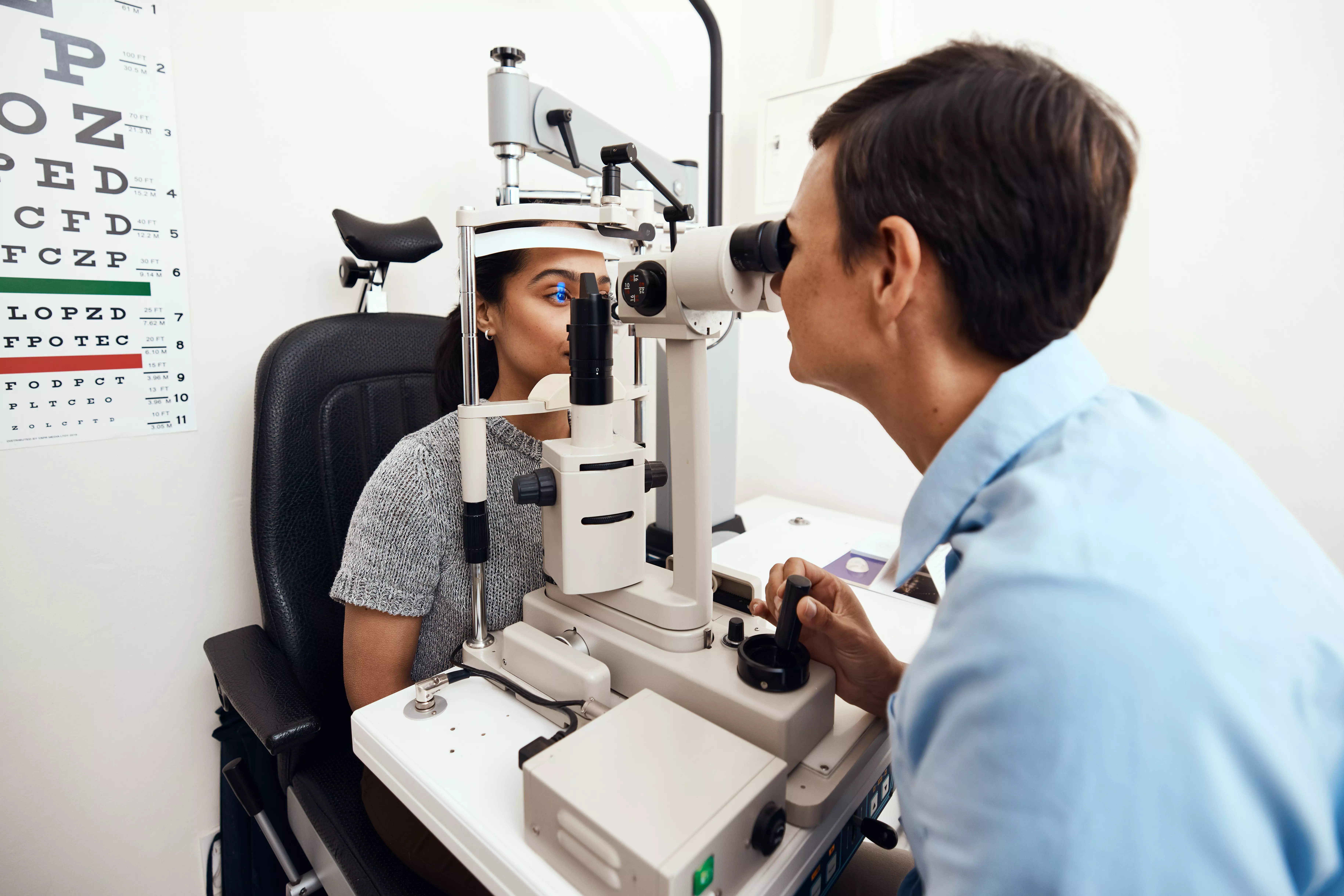Modern methods of cataract diagnosis
Modern methods of cataract diagnosis
Cataract is one of the most common eye diseases, affecting both young and old people. Its main cause is the difficulty of light passing through the lens of the eye, leading to hazy vision and loss of visual acuity. Without proper diagnosis, cataracts can lead to a significant deterioration in the patient's quality of life. Fortunately, thanks to medical advances, there are a number of modern diagnostic methods that allow cataracts to be detected quickly and effectively and appropriate treatment to be planned.
Measurement of eye refraction
One of the most basic, but at the same time important methods of cataract diagnosis is the measurement of eye refraction. It involves assessing the eye's ability to focus light rays on the retina. The result of the refraction measurement allows us to determine the sphere of visual defects and assess the severity of cataracts. This is necessary to carry out further examinations and evaluate appropriate treatment methods.
Modern eye refraction measuring devices, which are available nowadays, make it possible to perform a precise and quick refraction test. With them, it is possible to accurately determine eye defects and the early stages of cataracts. In addition, modern instruments make it possible to assess the quality and thickness of the cornea and other important parameters of the eye.
Examination of the fundus of the eye
A fundus examination is another important method of cataract diagnosis. It involves a thorough examination of the structure of the fundus of the eye, including the lens, retina, choroid and optic nerve. Thus, it is possible to assess the condition of the eye's lens, detect any changes in its structure, and identify other cataract-related problems.
Modern technology allows the use of various methods of examining the fundus of the eye. One of the most popular is OCT (Optical Coherent Tomography). This is a non-invasive method that provides accurate images of the eye's structure. Thanks to this, the doctor can accurately diagnose cataracts and monitor their development, which is extremely important when planning appropriate treatment.
Measuring the density of the cataract lens
One of the most modern and precise ways to diagnose cataracts is to measure the density of the cataract lens. Using a special device, it is possible to accurately assess changes in the density of the eye's lens, which are characteristic of cataracts.
Measuring the density of the cataract lens allows you to determine the severity of the disease and assess the risk of complications. This is very important because it allows the doctor to plan the treatment accordingly and adjust the surgery to the individual patient.
Summary
Modern methods of cataract diagnosis contribute to improving the effectiveness of treatment and increasing patient comfort. Measuring the refraction of the eye, examining the fundus and measuring the density of the cataract lens make it possible to accurately assess the condition of the eye and determine the appropriate treatment methods.
Thanks to technological advances, cataract diagnosis is becoming more precise and reliable. Therefore, it is worth taking advantage of modern diagnostic methods to detect cataracts as soon as possible and start appropriate treatment.

Add comment